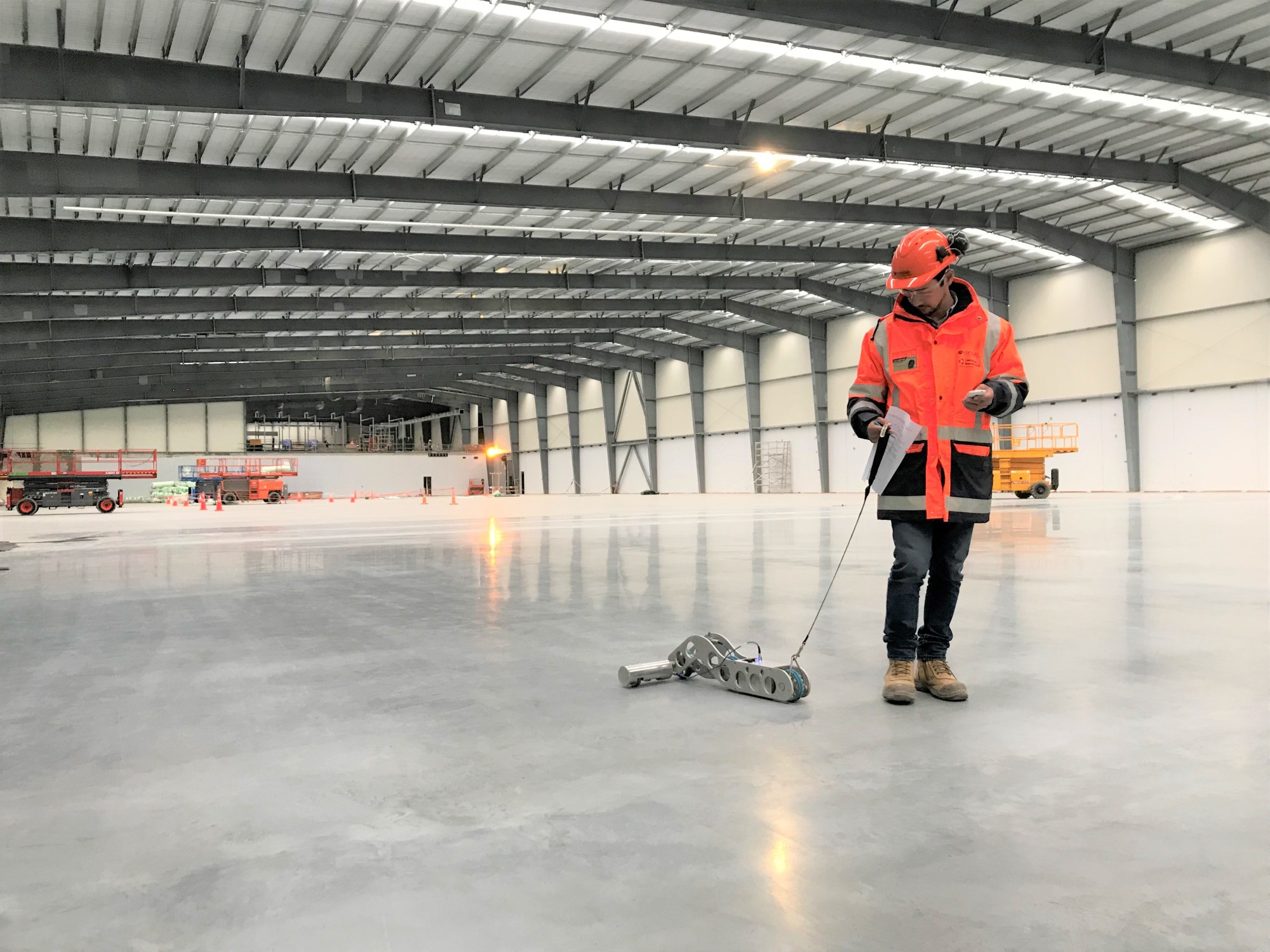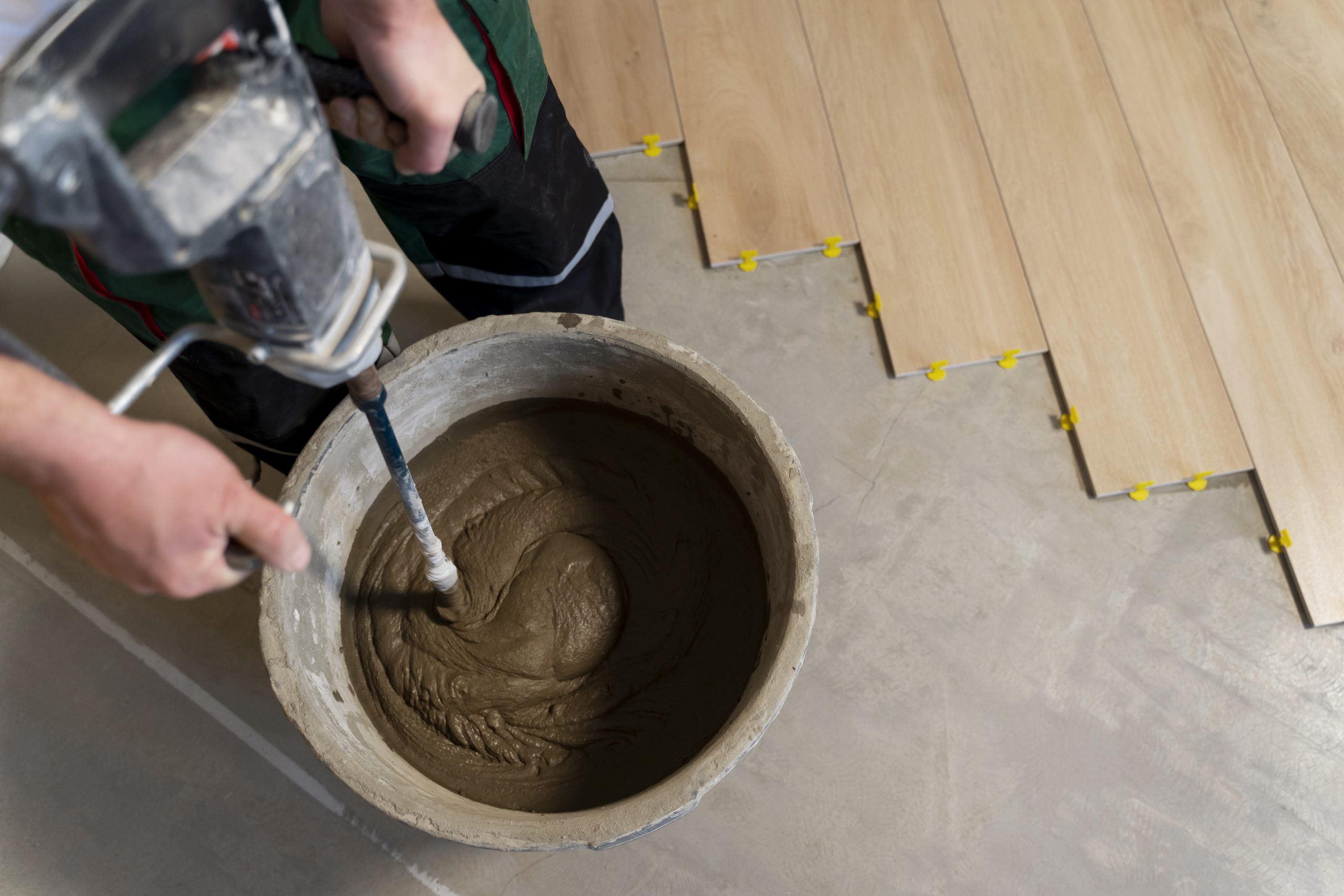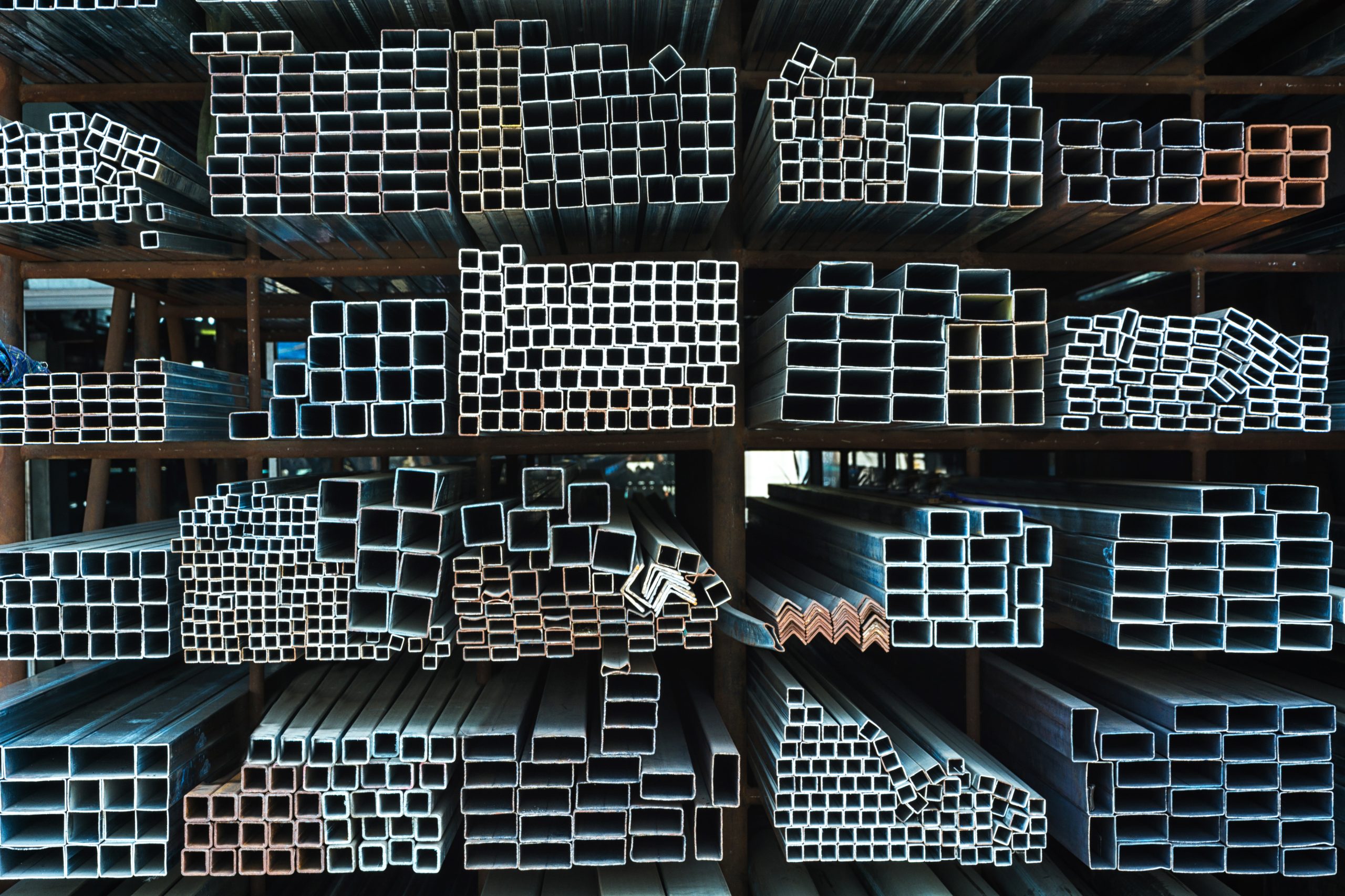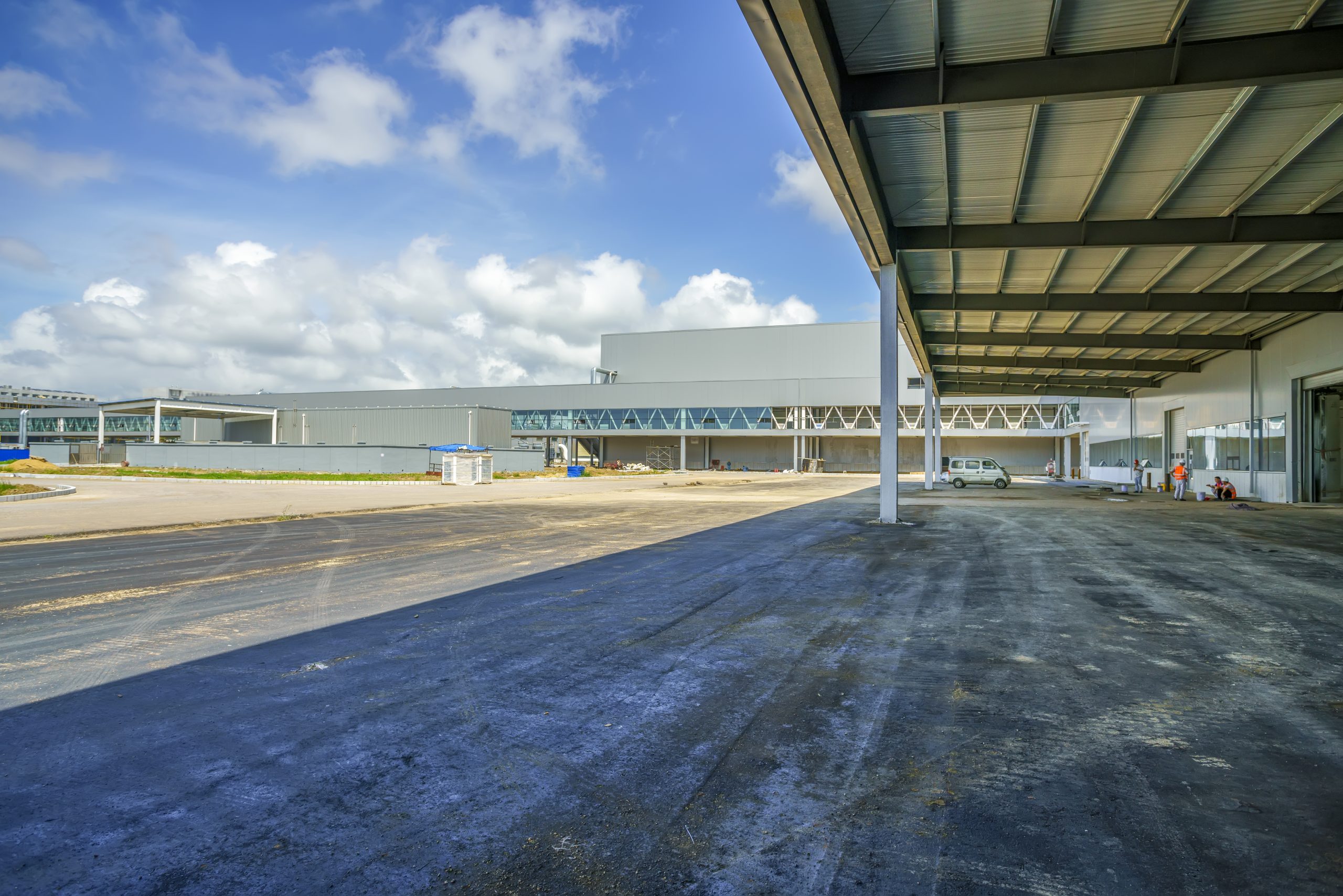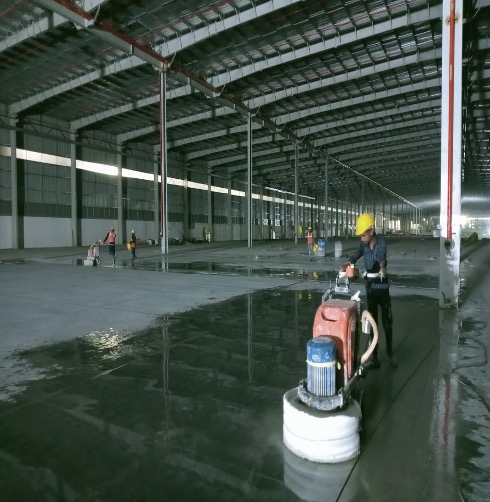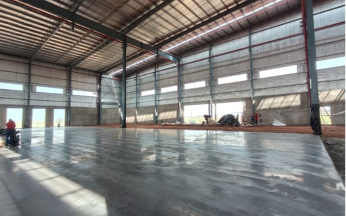Concrete Flooring Standards: An Overview of International Surface Regularity and Use
Concrete flooring plays a pivotal role in industrial and commercial structures, ensuring durability, safety, and optimal functionality. To maintain consistent quality across different regions, international standards for surface regularity are established. These standards guide the construction of flat, level surfaces, essential for various types of machinery and vehicle movements. Among these standards are frameworks like Free Movement (FM), Defined Movement (DM), and several internationally recognized standards such as the Concrete Society’s TR34, Germany’s DIN 18202, and the USA’s ASTM E1155 M – F numbers.
The International Surface Regularity Standards
Surface regularity measures the flatness and levelness of a concrete floor. To ensure that flooring meets the requirements of specific industries, different standards are employed, each addressing the unique demands of movement patterns, machinery, and environmental conditions.
1. Free Movement (FM) and Defined Movement (DM)
- Free Movement (FM) refers to floors where vehicles like forklifts can move freely in any direction without following a defined path. Warehouses and storage facilities typically use FM flooring standards due to the random nature of vehicle movements.
- Defined Movement (DM) applies to areas where vehicles are restricted to defined paths, such as along racks in warehouses. This type of flooring requires higher precision in flatness and levelness to ensure the smooth movement of materials handling equipment.
2. Concrete Society’s TR34 Table 3.1 and TR34 Table 3.2
The Concrete Society’s TR34 is a well-regarded standard from the UK, which provides comprehensive guidelines for constructing industrial concrete floors.
- Table 3.1 focuses on surface regularity limits for free movement areas, where floors must be level enough to support the unrestricted movement of vehicles.
- Table 3.2 focuses on defined movement floors, where higher precision is required, particularly in environments like narrow aisles or racked warehouses.
Both tables offer detailed criteria on how to measure and correct surface regularity, providing a robust framework for ensuring safe and efficient operations in industrial settings.
3. Germany’s DIN 18202 Table 3 (Groups 3 & 4)
Germany’s DIN 18202 standard provides specific guidelines for construction tolerances in various groups, including surface flatness and levelness.
- Groups 3 & 4 outline the permissible deviation limits for concrete floors. These groups define the acceptable variances in flatness for both free and defined movement floors, emphasizing the importance of minimizing floor irregularities to ensure safety and smooth operations.
4. DIN 15185 Tables 1 & 2
DIN 15185 is another German standard specifically for industrial floors, focusing on flatness criteria essential for defined movement areas.
- Table 1 defines surface regularity for areas with high-precision demands, such as forklift paths, while Table 2 focuses on general industrial floors where movement is more variable. This standard ensures that vehicles moving along predetermined paths experience minimal disruption, thus improving operational efficiency.
5. USA’s ASTM E1155 M – F Numbers
In the United States, the ASTM E1155 standard defines flatness and levelness using F numbers.
- F numbers are widely recognized in the construction industry as a way to quantify the surface regularity of concrete floors. The flatness is measured by FF numbers, and levelness is measured by FL numbers. Higher F numbers indicate greater flatness or levelness, making them essential for high-precision environments like manufacturing facilities and warehouses.
- Fmin numbers, a related measure, apply to defined movement areas, such as those under racking systems in warehouses. These areas require precise flatness to ensure the smooth operation of machinery like forklifts.
Conclusion
Maintaining consistent surface regularity in concrete flooring is crucial for various industries to function effectively. The standards discussed – from Free Movement (FM) and Defined Movement (DM) to international standards like the Concrete Society’s TR34, Germany’s DIN 18202 and DIN 15185, and the USA’s ASTM E1155 – all offer clear guidelines to ensure the flatness and levelness of floors. These standards are essential in optimizing industrial and commercial environments, ensuring safety, efficiency, and longevity in concrete flooring systems.

